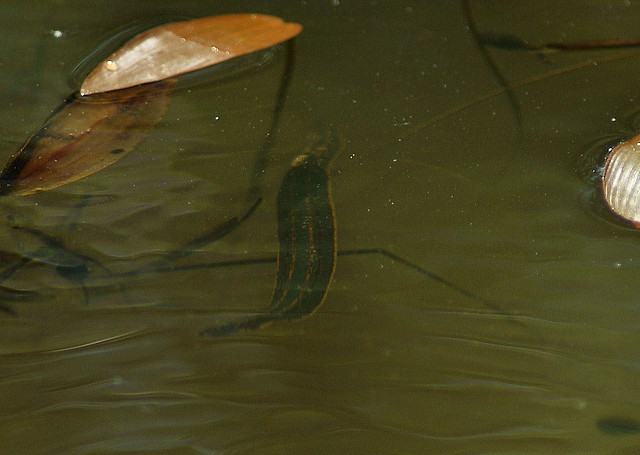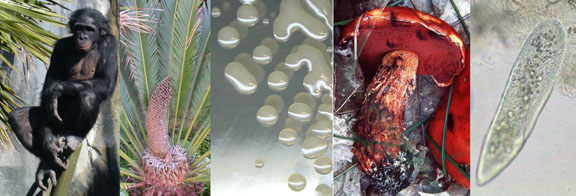"He with a smile did then his words repeat
And said that gathering leeches far and wide,
He travelled, stirring thus about his feet
The waters of the pools where they abide
Once I could meet with them on every side
But they have dwindled long by slow decay,
Yet still I persevere and find them where I may."
From Resolution and Independence by William Wordsworth, 1802
Although H. medicinalis has been used for thousands of years, it really gained popularity in the hospital setting of Europe during the mid 19th century. By 1863, it was estimated that in France alone, close to thirty million leeches were used a year! With the high demand for leeches, the population of the H. medicinalis in the wild significantly decreased; in fact it was thought to have become extinct in some parts of Europe.
Today, the population of H. medicinalis is recognized by the IUCN as a near-threatened species. Their population has stabilized in the wild, but they are not nearly as common as they were 200 years ago. The main threat to H. medicinalis today is not over collecting for medicinal purposes, but loss of habitat and food sources. Pollution and destruction of marshes and other bodies of leech-occupying water have lead to the decrease in population. Also, cattle and horses used to walk freely to ponds and streams for a drink of water, making it easy for the leech to attach itself and get a good meal. However, most horses and cattle are now given water in troughs and the leech is less able to feed on them. H. medicinalis also feeds on frogs and toads like the green frog, and American toad. However, the world wide population of frogs has been decreasing, (most likely due to a fungus called the frog chytrid), leaving the leech with less and less meal options.
Location and Habitat Today


Hirudo
medicinalis at New Forest pond. Photo courtesy of James
Hibbard
Although still rare in the wild, Hirudo medicinalis can be found in some parts of western and southern Europe, east and southern Asia, and the countries bordering the northeastern Mediterranean. Although it's not native to North America, H. medicinalis was introduced to the United States and has small, scattered populations throughout the country. Leeches used for medicinal purposes are usually cultivated in fish ponds and at private farms throughout the world. Hirudo medicinalis is sensitive to cold temperatures and thrives best in waters between 22-25˚C. A typical home for the leech would be a muddy marsh or pond where there is an abundance of macrophytes like cattails, and pond weeds, microrganisms like the cyanobacterium anabana, protists like spirogyra, and other types of algae.
Although still rare in the wild, Hirudo medicinalis can be found in some parts of western and southern Europe, east and southern Asia, and the countries bordering the northeastern Mediterranean. Although it's not native to North America, H. medicinalis was introduced to the United States and has small, scattered populations throughout the country. Leeches used for medicinal purposes are usually cultivated in fish ponds and at private farms throughout the world. Hirudo medicinalis is sensitive to cold temperatures and thrives best in waters between 22-25˚C. A typical home for the leech would be a muddy marsh or pond where there is an abundance of macrophytes like cattails, and pond weeds, microrganisms like the cyanobacterium anabana, protists like spirogyra, and other types of algae.
| Map showing the most populous locations of H. medicinalis. Discover Life -- click on map for details, credits and terms of use. |
| Click on the link below to visit the Univeristy of La Crosse website | Click on the link below to see other organism websites made by UW-L students at multipleorganisms.net |
 |
 |
